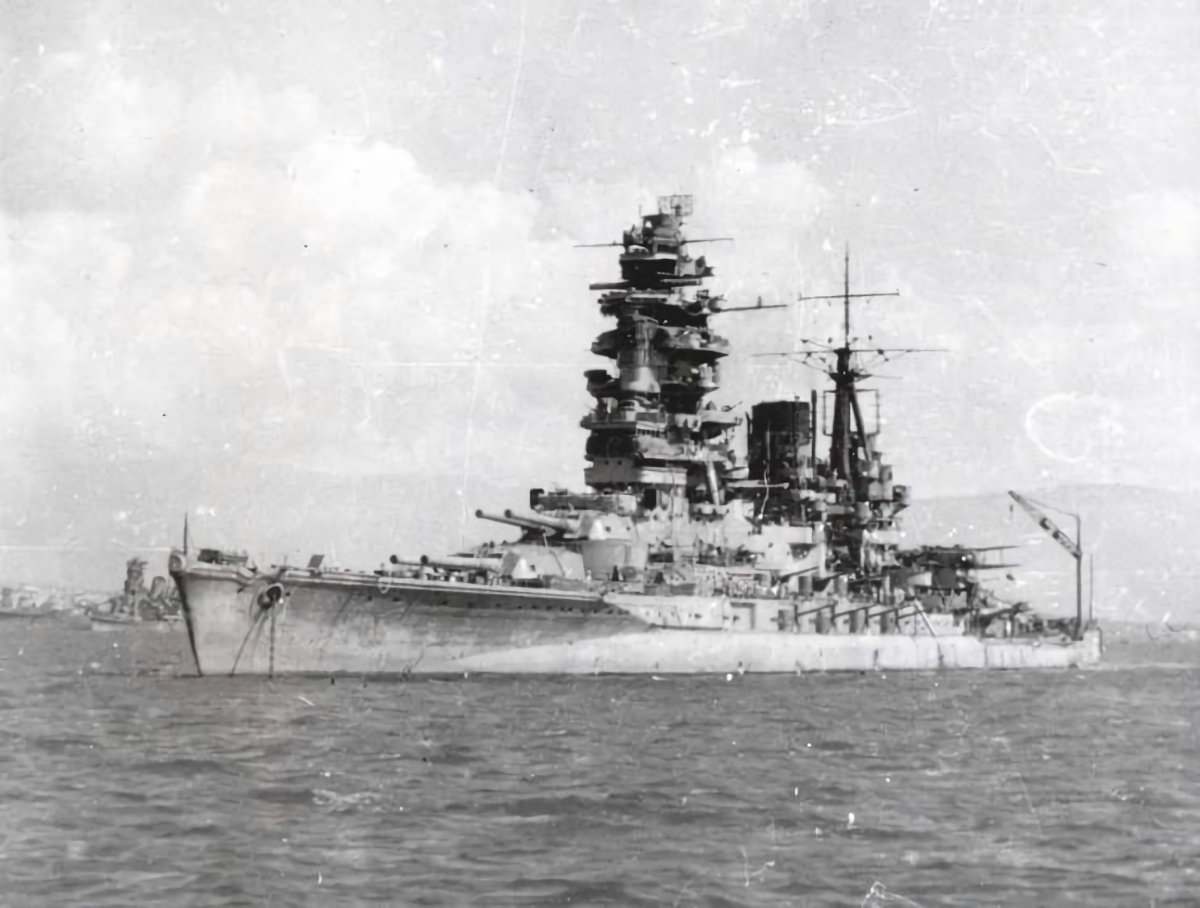Tag: Navy
-
Japanese Battleship Nagato

Japanese Battleship Nagato Commissioned into the Imperial Japanese Navy on 25 November 1920, Nagato was the lead ship of her class of battleships. Her sister Mutsu was commissioned a year later. Nagato was modernised from 1934-36, with increased armour, updated machinery and the rebuilding of her superstructure into a pagoda mast. During World War Two,… Read more
-
British Aircraft Carrier HMS Warrior

British Aircraft Carrier HMS Warrior (R31) When completed on 2 April 1945, the Colossus-class aircraft carrier HMS Warrior was lent to the Royal Canadian Navy as HMCS Warrior. She remained in Canadian hands from 14 March 1946 until 23 March 1948. Upon returning to British service, HMS Warrior was refitted at Devonport, where she was… Read more
-
British Aircraft Carrier HMS Vengeance

British Aircraft Carrier HMS Vengeance Photos of HMS Vengeance HMS Vengeance in Service Completed on 15 January 1945, HMS Vengeance was a Colossus-class aircraft carrier built for the Royal Navy. Vengeance arrived in Sydney Australia in July 1945, but was still in port when the Japanese surrendered and therefore saw no action during the Second… Read more